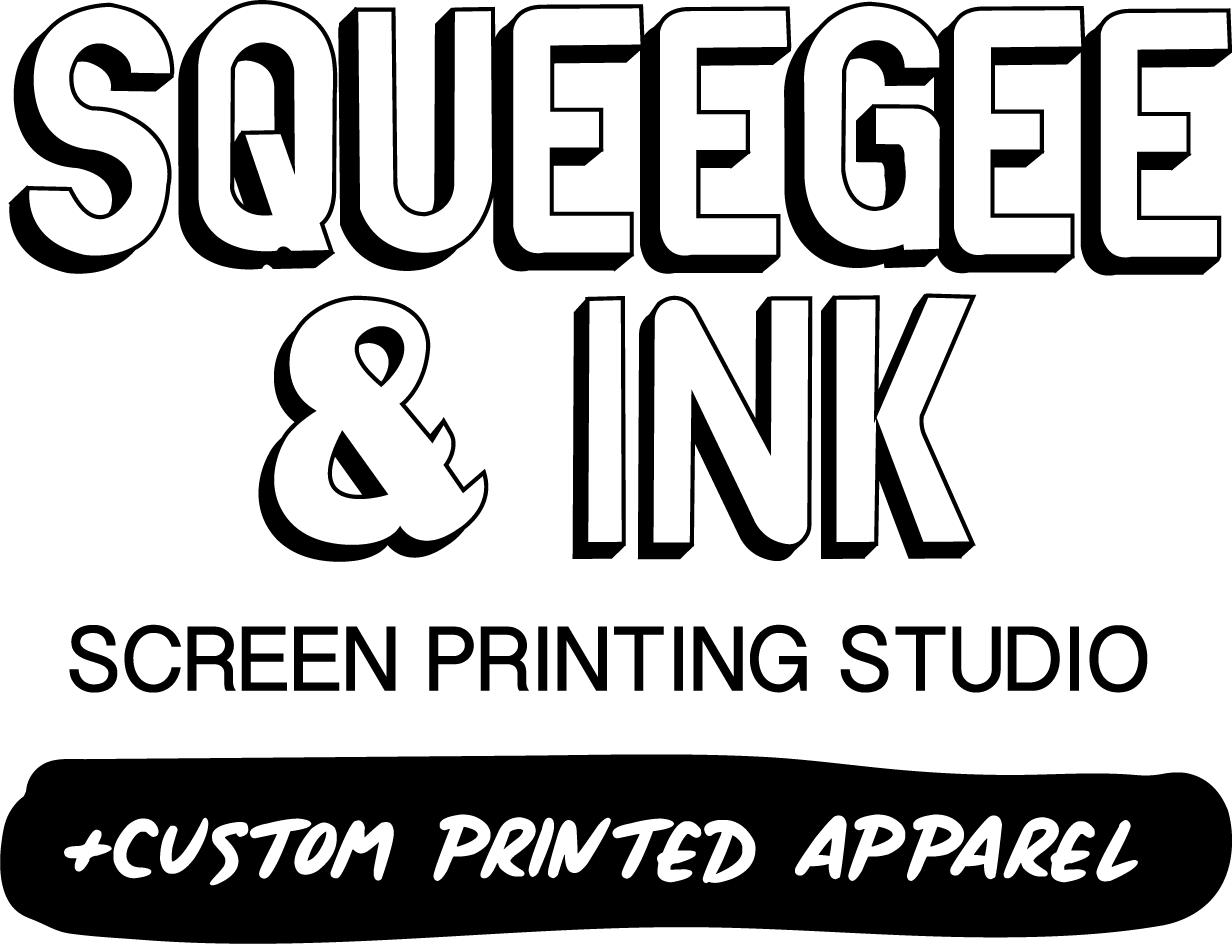SCREEN EXPOSURE
How long should I expose my screen for? This sounds like a simple question but there are so many variables that the answer is a tricky one!
Exposure time is dependent on the type of exposure unit you are using, the type of emulsion, the thickness of emulsion, the mesh count and the image detailing.
Start simple. When working out your exposure time, try to keep everything consistant and make notes. Not being systematic can provide inaccurate results.
Here are some TIPS TO PERFECT before getting messy;
- FILM POSITIVES. These need to be 100% dense black. You can achieve this by using a RIP software and converting your inkjet printer to an all black system.
- EMULSION. Invest in a good, professional emulsion before starting. Find a link to our favourite at the bottom of this blog.
- SCOOP COATER. Get yourself a professional scoop coater. If your coating technique is spot on, you will have much cleaner results.
- DARK ROOM. Your going to need to keep your coated screens in a dark place to achieve that perfect exposure.
- HUMIDITY. Moisture can be a killer for screen exposure. Get yourself some good ventilation!
- EXPOSURE UNIT. The big one. I’ll explain more about that below.
DIFFERENT TYPES OF EXPOSURE UNITS/METHODS
There are 5 main methods for exposing screens. We have ordered them from most effective to least effective from our experience.

- Self contained vacuum bed with metal halide bulb.
This produces a single source of rich UV light which results in less undercutting and perfect exposures. - LED exposure unit.
Efficient in output of UV without wasting heat and energy. However they are multi-source emitters of light so they may loose up to 9% of detail immediately compared to the halide bulb. - Fluorescent tubes.
Accessible as they are generally very cheap but they are not going to hold the extreme detail such as halftones. These units are usful because they often come with a vacuum bed however the distance from the bulbs to the screen is very shallow so you may get dead zones where light cannot radiate. - Overhang lamp with halogen bulb.
Entry level and accessible but you will need to use foam and weights which will get your screen in contact with the positive but not close enough! This is also an inefficient source of energy and may not retain detail. - The sun.
We do not recommend the sun in any circumstance. Sunlight does have UV but it is so variable that you can’t determine how strong the light will be day to day and your efforts will be redundant.
HOW DO I FIND MY EXPOSURE TIME?
There are 2 methods to finding your perfect exposure time.
Method 1: Use an exposure calculator. Download this for free on our website, all the instructions are on the acetate and its super simple. We also explain how to use this in detail in our ‘How to expose a screen’ tutorial video. https://www.squeegeeandink.co.uk/product/exposure-calculator-for-screen-printing/
Method 2: Trial and error. If you are using our advised emulsion (link at bottom of page) and a metal halide bulb for exposure. We would suggest starting your exposure at 4 minutes and working from there. If it is under exposed, increase your time. If it’s over exposed, reduce your time. We show this method in full in our ‘How to expose a screen’ tutorial video. Check it out here:
STILL CAN’T GET IT RIGHT?!
Dont worry, we can do it for you!
We provide a screen exposure service on our website. You can either send your old screen to be cleaned and re-exposed or we can send you a brand new screen with your image exposed. We even have a deep clean service if your screen is super stubbon! Check out these services here: https://www.squeegeeandink.co.uk/product-category/screen-print-consumables/
LINKS
DISCOUNT CODE : CRP5
If you are purchasing anything from the Screen Print World website, use our discount code at the checkout
Emulsion, Screen Sol QT
Scoop Coater, Pro Angle
Exposure Units
Discount code for Screen Print World : CRP5
Exposure calculator
Printed acetate/film positive
Pre-exposed screens
_____________________________________________
WATCH THE FULL TUTORIAL HERE
HOW TO EXPOSE A SCREEN
Check out our overview video below:





